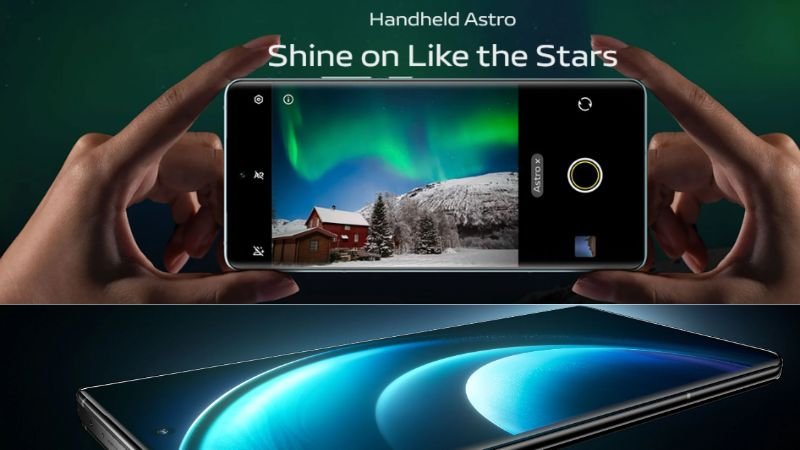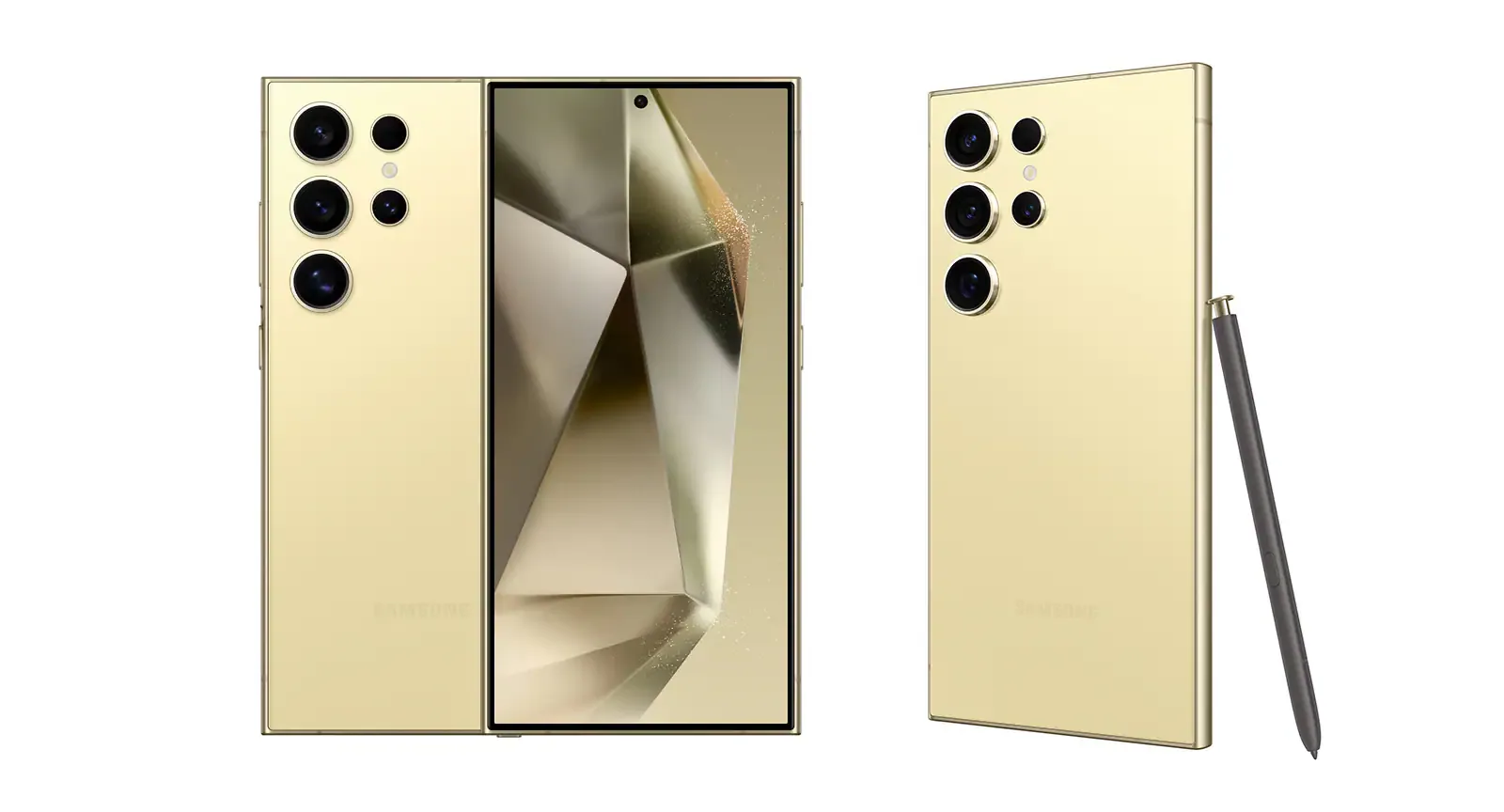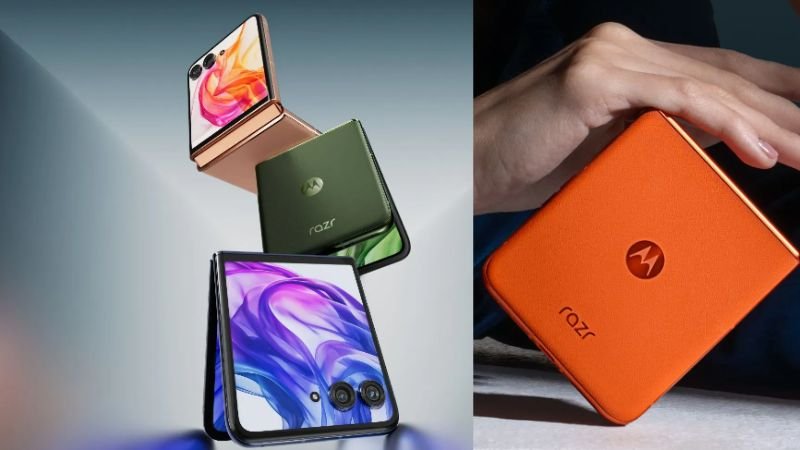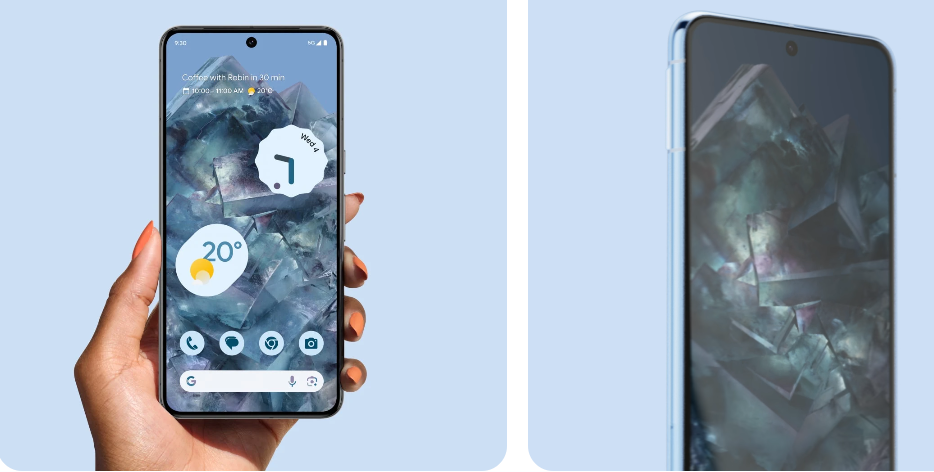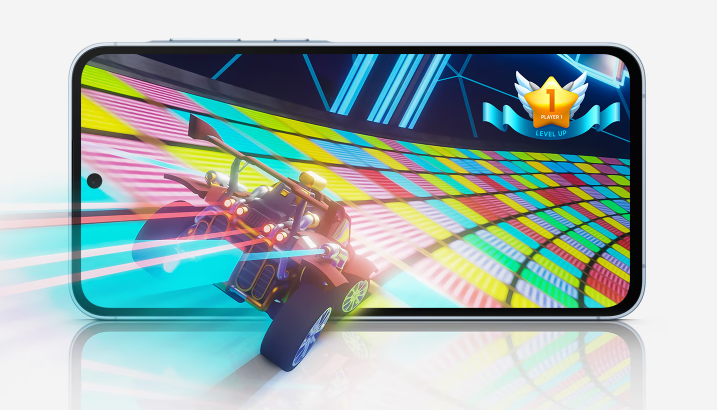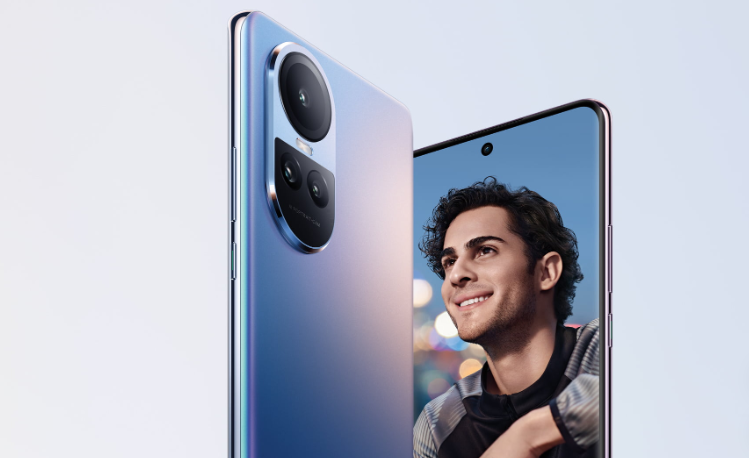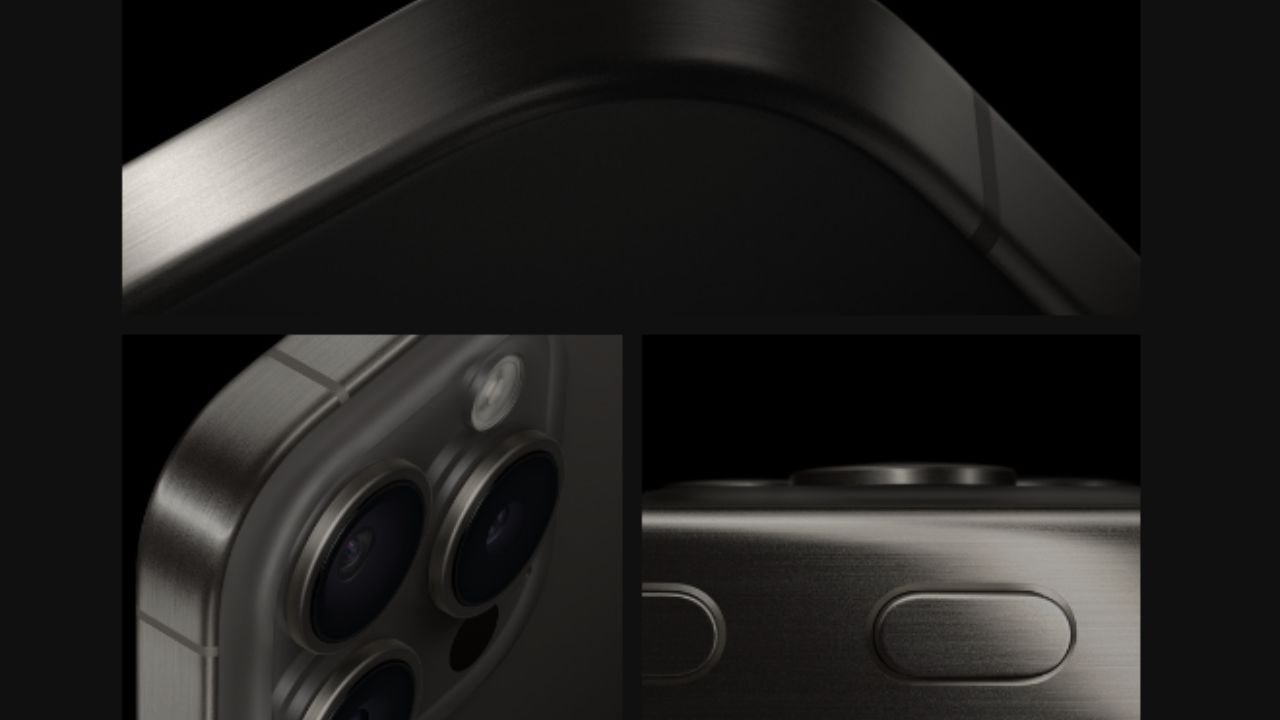The Vivo X series has consistently captivated smartphone photography aficionados, and the X90 Pro, introduced last year, set a high benchmark with its impressive lens capabilities. As we step into 2024, Vivo has launched the X100 Pro in the Indian market, flaunting a trio of 50MP cameras and promising to elevate photographic standards even higher. But does it have the power to disrupt the highly competitive arena?
Beyond its cameras, Vivo has upgraded the display, chipset, and other significant features. The question is, does the X100 Pro have what it takes to dominate among the photography-centric smartphones of 2024? Let’s dive into the comprehensive review of the Vivo X100 Pro to find out.
Vivo X100 Pro Review: Design
The Vivo X100 Pro retains a semblance of its predecessor’s design while incorporating notable enhancements. The faux leather back of the previous model has been replaced with a sleek AG frosted glass finish, which feels exquisite and avoids the common issue of fingerprint smudges. In India, it is available in the Asteroid Black variant, which shimmers under light. The smudge-resistant glass back gives the phone a luxurious feel without the fingerprint nightmare, although it is a bit slippery and top-heavy due to the significant camera bump. Weighing 221g, it is slightly lighter than the Galaxy S23 Ultra (234g).
Aesthetically, Vivo has introduced a two-step camera bump design. The first step features a crescent-shaped outer ring with fine ridges, adding a touch of sophistication. The large circular camera module, protruding from this ring, covers nearly 70% of the rear panel’s width, giving it a stylish and streamlined look. The triple LED flash is positioned in the top right corner of the phone.
In collaboration with Zeiss, a partnership highlighted by the prominent Zeiss logo and T* marking on the X100 Pro’s rear, Vivo ensures premium co-engineering standards. The Vivo logo is etched on the lower half of the back panel, adding to the phone’s refined appearance.
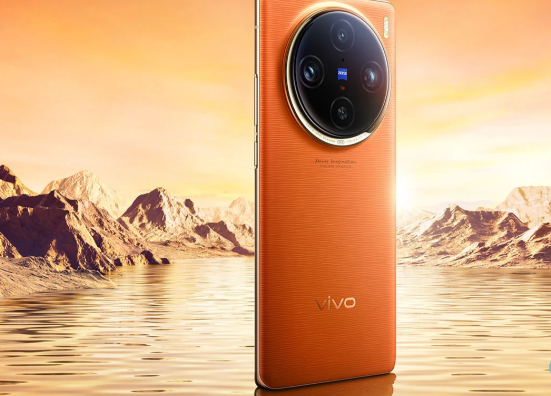
The front of the phone is dominated by an OLED screen with slim bezels, housing an optical fingerprint sensor that is positioned slightly lower than ideal. Both the display and rear panel curve at the edges, ensuring a premium and comfortable grip.
The glossy aluminum side rails house the volume rocker and power button on the right edge, accompanied by antenna bands. Notably, Vivo has incorporated a plastic housing at the top, which features an IR blaster and a noise-canceling mic. The bottom edge includes a SIM slot for dual Nano SIMs, a microphone, a Type-C USB port, an antenna band, and loudspeaker grills. Additionally, the X100 Pro is IP68 certified, making it resistant to water and dust.
Vivo X100 Pro Review: Display and Sound
Vivo has once again chosen BOE to provide the 8T LTPO AMOLED panel for its flagship device. The X100 Pro features a 6.78-inch curved AMOLED screen with a 120Hz refresh rate. The display boasts a resolution of 1260×2800 pixels and adaptive capabilities, allowing the refresh rate to drop as low as 1Hz to conserve battery life.
Claiming a peak brightness of 3000 nits, the X100 Pro’s display performs exceptionally well even in bright sunlight. Vivo has incorporated 2160Hz Pulse Width Modulation to reduce eye strain caused by screen flicker. The panel supports 10-bit colors, enabling HDR 10 and HDR 10+ content streaming on most platforms, although Dolby Vision content is not supported due to licensing constraints.
The display offers three color profiles: Standard (default), Pro mode, and Bright, with Pro mode providing the most accurate colors. Additionally, Vivo has introduced an adaptive ambient light color temperature feature that adjusts screen hues based on the surroundings, reducing eye fatigue. The AI-based Smart Eye Protection feature intelligently adjusts the blue-light ratio without compromising color balance.
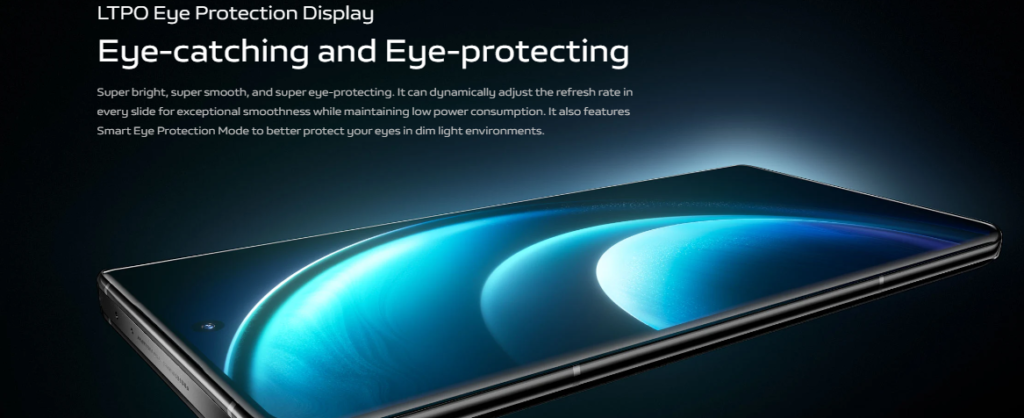
The X100 Pro employs a hybrid stereo speaker setup, utilizing the earpiece and loudspeaker to create a stereo effect. While it may not deliver audiophile-grade sound, it is sufficiently loud and clear for casual listening to music and podcasts.
Vivo X100 Pro Review: Camera
The Vivo X100 Pro is equipped with a versatile camera system, co-engineered with Zeiss, yielding impressive results. The main camera features the 50MP Sony IMX989 sensor, a 1-inch type sensor with a focal length equivalent to 23mm. The 50MP Samsung JN1 ultrawide camera, with a 15mm focal length and autofocus, captures expansive scenes in great detail.
Additionally, the X100 Pro includes a 50MP Zeiss floating periscope camera, showcasing advanced engineering. Originally a 64MP OmniVision sensor, it utilizes the central 50MP portion for telephoto purposes. The floating design ensures superior optical image stabilization, achieving a 4.5-stop CIPA level.
For selfies, the phone sports a 32MP front camera. Now, let’s explore the camera’s performance.
The primary rear camera excels in dynamic range, producing photos with vivid colors and balanced highlights and shadows. It performs exceptionally well in low-light conditions, thanks to the larger sensor that captures more light, delivering sharp and vibrant images with minimal noise.
The upgraded telephoto camera offers up to 4.3x zoom and excels in macro photography. Vivo’s Multi-Focal Portraits feature allows capturing stunning images at various focal lengths – 24mm (1x), 35mm (1.5x), 50mm (2.2x), 85mm (3.7x), and 100mm (4.3x). Zeiss lens effects and LUTs in the camera app further enhance the photographic experience.
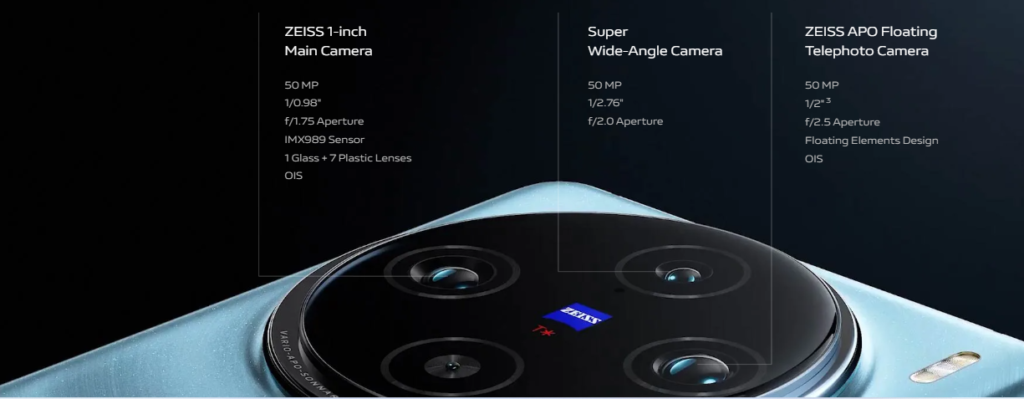
However, the selfie camera is a weak point, with slightly soft images and the absence of 4K recording. Despite this, the Vivo X100 Pro is a formidable camera phone.
You may like to read: Apple Watch Series 10 to Feature Larger Display – Expected Features
Vivo X100 Pro Review: Performance
The Vivo X100 Pro is powered by the MediaTek Dimensity 9300 SoC, based on a 4nm fabrication process. It features a BigLittle architecture with 4 Cortex-X4 performance cores clocking up to 3.25GHz and 4 Cortex-A720 efficiency cores reaching up to 2.0GHz. The V3 co-processor complements the main processor for graphics and videography. The Immortalis-G720 MC12 GPU ensures a visually immersive experience.
Running on Android 14 with Funtouch OS 14, the software is clean and user-friendly, with minimal bloatware. The removal of Hot Apps and Hot Games is a commendable move, though further refinement is possible. Funtouch OS 14 offers various customization options, including themes, icon packs, clock styles, and dynamic wallpapers. The user interface is fluid and glitch-free, making it easy to navigate.
In everyday use, the phone is exceptionally fast. Apps open quickly, and even resource-intensive applications like Twitter and WhatsApp run smoothly. Games like Call of Duty perform well on high graphics settings, thanks to the 16GB of RAM. However, after about 15 minutes of intense gaming, the phone heats up slightly and performance throttles. While still playable, it is not as seamless as expected.
In real-world usage, distinguishing between different chipsets is challenging. The Vivo X100 Pro stands out as one of the fastest Android phones, offering a seamless multitasking experience with its 16GB of onboard memory. During testing, there were no lags or slowdowns in popular apps like Twitter, Gmail, WhatsApp, or Chrome.
The chipset handles demanding games like Call of Duty: Mobile at the highest graphics settings, with smooth performance and minimal heating concerns. The V3 co-processor enhances gaming experiences by enabling frame interpolation in specific games like COD Mobile and Asphalt 9.
In terms of performance specifics, the X100 Pro is available in a 16GB/256GB variant in India. While it initially handles AAA games well, prolonged gameplay leads to thermal throttling to manage temperatures. The MediaTek chip reduces performance to approximately 80% after 15 minutes of gameplay, as confirmed by our throttle test. Here are the results of various synthetic benchmark tests conducted on the Vivo X100 Pro:
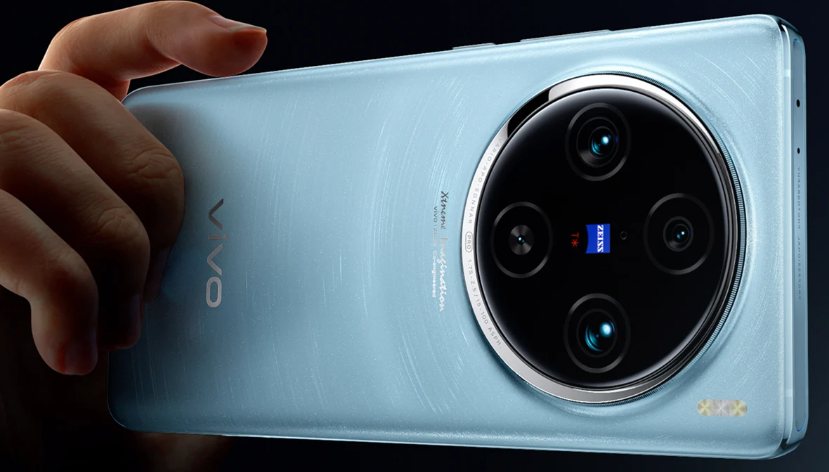
- AnTuTu: 19,36695
- Geekbench 5: 2,207 (single-core) and 7,012 (multi-core)
- 3DMark Wild Life Extreme Stress Test: 4059 (best loop score) and 1935 (lowest loop score)
Vivo X100 Pro Review: Battery and Charging
The Vivo X100 Pro houses a substantial 5400mAh battery, ensuring all-day power. While it doesn’t match some competitors in screen-on time (around 6.5 hours in our tests), it is still robust. The MediaTek chipset appears to consume more power than Snapdragon counterparts.
However, the X100 Pro excels in charging capabilities. It comes with a 120W charger, though the phone caps at 100W charging. It charges from 0 to 100% in just 30 minutes.
The phone also supports 50W wireless charging, eliminating the need for cables if you have a compatible charging pad. Additionally, it offers 5W reverse wireless charging for sharing battery power with other devices.
You may like to read: Motorola Razr 2024 Review: Flip Back in Phones
Vivo X100 Pro Review Verdict: Should You Buy It?
For smartphone photography enthusiasts, the Vivo X100 Pro is a compelling choice. Its versatile camera system excels in capturing landscapes, portraits, macros, and zoom shots.
Beyond its impressive camera capabilities, the X100 Pro is a reliable performer in all aspects. It offers excellent everyday performance and remarkable charging speeds, making it a strong competitor. If you’re serious about smartphone photography, the Vivo X100 Pro is a must-see, promising to enhance your imaging experience significantly.
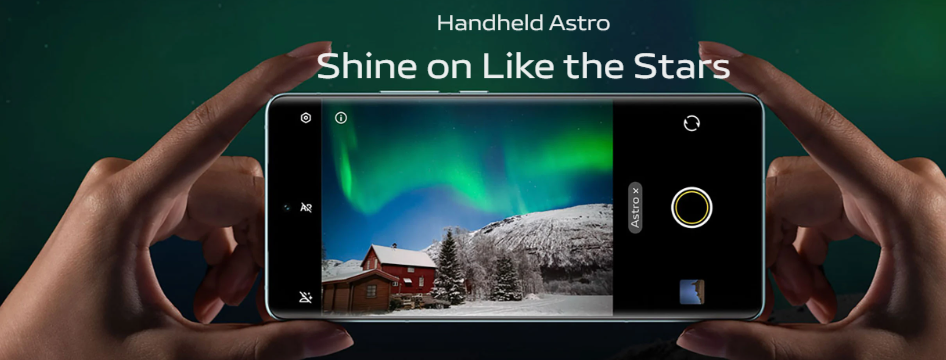
Reasons to Buy:
- Appealing design
- Super-fast charging speeds
- Smooth performance
- Excellent display
- Superb optics with Zeiss LUTs and filters
Reasons Not to Buy:
- Presence of bloatware
- No 4K recording from the selfie camera
